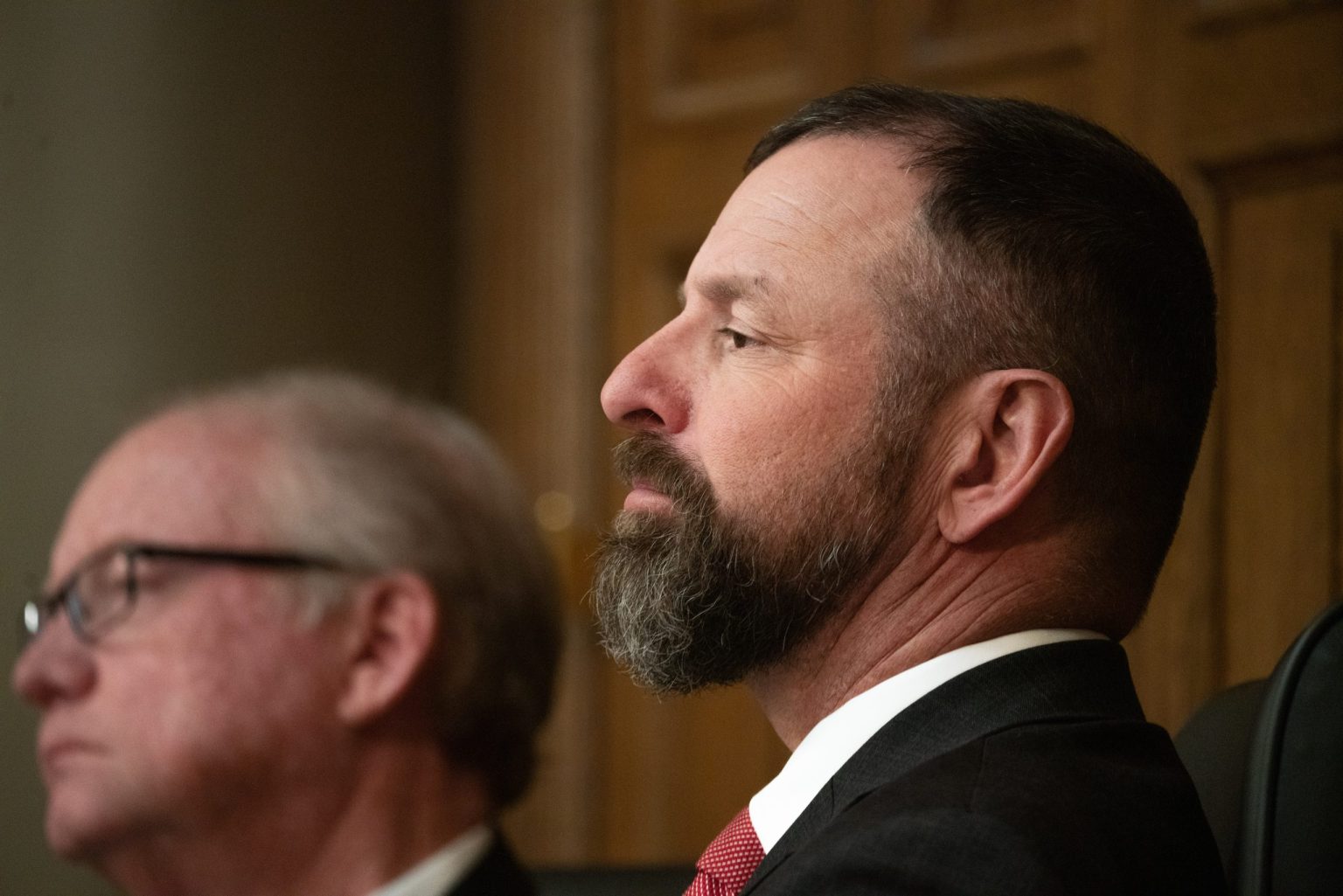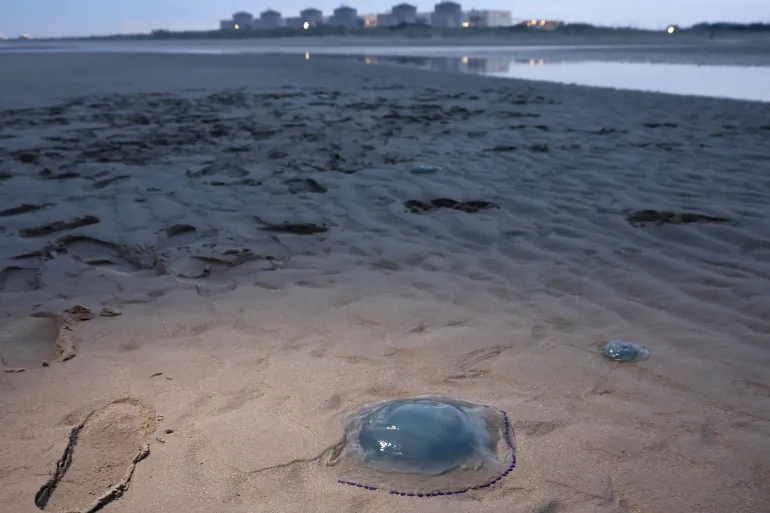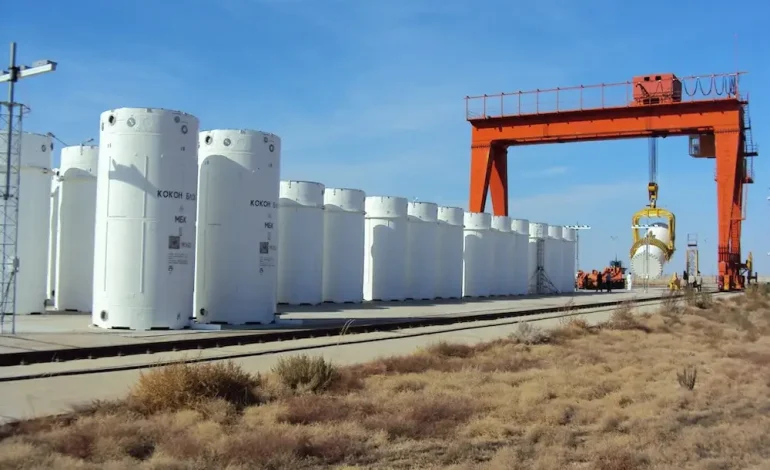A proposed bill that could allow spent nuclear fuel to be stored in Wyoming stirred up plenty of passionate debate last week—especially from folks in Fremont County who showed up to speak during a state legislative meeting.
Rep. Lloyd Larsen (R-Lander) brought the draft to the Minerals, Business and Economic Development Committee on July 30. He pitched it as a way for Wyoming to tap into the nuclear energy boom sparked by President Trump’s recent executive order pushing for rapid expansion of America’s nuclear industry.
“This is an exciting time for nuclear,” Larsen told lawmakers. “There’s urgency here, and we don’t want Wyoming slowing things down.”
In short, the draft legislation would allow advanced nuclear reactor manufacturers—companies that make and service next-gen reactors in Wyoming—to store their own spent nuclear fuel on-site. That includes changes to Wyoming law allowing “installations” for this kind of long-term radioactive storage.
But there’s a catch: the companies would still need a license from the US Nuclear Regulatory Commission (NRC) and would also be subject to Wyoming’s Industrial Development Information and Siting Act (IDISA), which gives the state and local communities more say in the process.
Supporters of the bill say that added state oversight ensures Wyoming doesn’t get steamrolled by federal decisions—and helps ease concerns about safety, environmental impact, and long-term responsibility.
Larsen and other lawmakers, like Sen. Ed Cooper (R-Ten Sleep), say this is about economic development and diversifying the state’s income beyond coal and oil.
“We’ve got companies knocking,” Cooper said. “If we don’t open the door, they’ll go elsewhere.”
One of those companies is Radiant Nuclear, which wants to build microreactors and potentially bring manufacturing jobs to Natrona County. These suitcase-sized reactors could power military bases and remote locations without needing regular fuel deliveries.
Radiant’s Chief Nuclear Officer, Rita Baranwal, called the bill a chance for Wyoming to become a hub for nuclear innovation.
“This could keep our kids and grandkids employed for generations,” she said.
Rep. Bill Allemand (R-Midwest) wasn’t sold. He and several locals warned that Wyoming could become “the nation’s radioactive dumping ground” with no real way to get rid of the waste once it’s here.
“The federal government hasn’t figured out permanent storage in decades,” Allemand said. “If we accept this material, we’re stuck with it.”
Tribal members and Fremont County residents shared emotional testimony. Avilia (Rae) Friday, a Northern Arapaho woman, said she’s lived near the old Uranium Mill Tailings Remedial Action (UMTRA) site south of Riverton her whole life—and has seen the damage firsthand.
She was diagnosed with breast cancer four years ago and said multiple family members have died from cancer-related illnesses tied to uranium contamination.
“They are contaminating our lives,” she told lawmakers. “We do not want this nuclear industry here.”
Another tribal member, Nicole Wagon, spoke out too:
“Our culture teaches us to protect the land, water, and people. This bill doesn’t do that.”
Former uranium industry worker Will Almas of Lander acknowledged the tragic legacy of past nuclear waste mismanagement—but said today’s tech is much more advanced. He’s cautiously optimistic but says there’s still too much unknown to fully support the proposal.
“I can’t endorse it without knowing more,” Almas said. “But I do know it’s not the 1950s anymore.”
After hours of testimony, Minerals Committee Chair Sen. Jim Anderson (R-Casper) hit pause, saying the bill needs more fine-tuning. The committee tabled it for now, with Anderson hinting at possible revisions or another hearing before the 2025 legislative session.
“We’ve got five months to work on it,” he said. “Maybe we can change some minds.”
Bottom line? The future of nuclear waste storage in Wyoming is still up in the air—but locals are making it clear that they want a seat at the table before any big decisions get made.
The original story by Katie Roenigk for County 10.










The latest news in your social feeds
Subscribe to our social media platforms to stay tuned